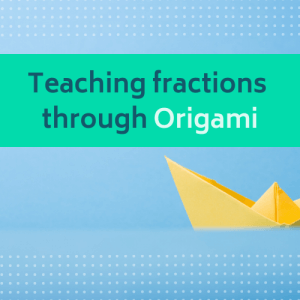
Language skills form an integral part of a child’s early developmental years. They facilitate a child’s ability to communicate, express and understand feelings which are of prime importance, given how vulnerable early childhood can be. Language acquisition is the first step towards social compatibility and clearly the foundation stone of literacy.
Good language skills support critical thinking and problem solving as well. As such, I feel that a focus on the development of language skills is imperative in primary education.
I have always looked forward to my first day of the academic session. Innocent faces and apprehensive eyes intrigue and inspire me. One hour into the day, after a casual introductory conversation, I set my targets for the next session. My experience tells me that a lot is happening behind the smiles, inquisitive eyes and questioning glares. Young minds teem with ideas but these bubbling ideas fall short of words. They need vocabulary and structure for a constant flow of grammatically correct sentences to express themselves. Keeping this in mind, I plan my lessons. Here are a few of my favourite techniques that I use in class.
A. Show & Tell

This is a very simple method but one that brings a twinkle to their eyes. I usually ask them to bring their favourite object and speak about it. With constant encouragement and prompts from educators, they express their thoughts about their favourite object. Each child ends up learning at least one or two words and at the same time, their confidence gets a boost.
B. Spin a Story
This is a twist to normal storytelling. It gives wings to the learners’ imagination and enhances their oratory skills. I begin with one sentence and ask each child to keep on adding sentences to form a story. It is a story they have never heard before, and the activity is a lot of fun. A supply of words is required wherever they falter. Whenever possible, they can dramatise the story as well.
C. Guess the Action or Dumb Charades
I have always felt that teaching the primary classes is primarily dramatisation. Using this technique, I enact a situation and let them guess what it is. Done as a G-6 activity (class is divided in 6 groups with a student leader in each group), it is a huge success as the children speak about it after discussing it in their groups. It helps build team spirit as well.
D. Use of Newspapers in Education

The use of newspapers in education is a great tool. I show pictures, advertisements, cartoons and relevant news item to the students and encourage discussions. By letting them speak their mind and reaffirming that nothing is wrong or incorrect, the focus shifts on their speaking skills and observation powers.
There is so much that we can do with tender minds because they are like clay in our hands. It is our responsibility to give them a lovely shape.





early years are very important in every aspect.